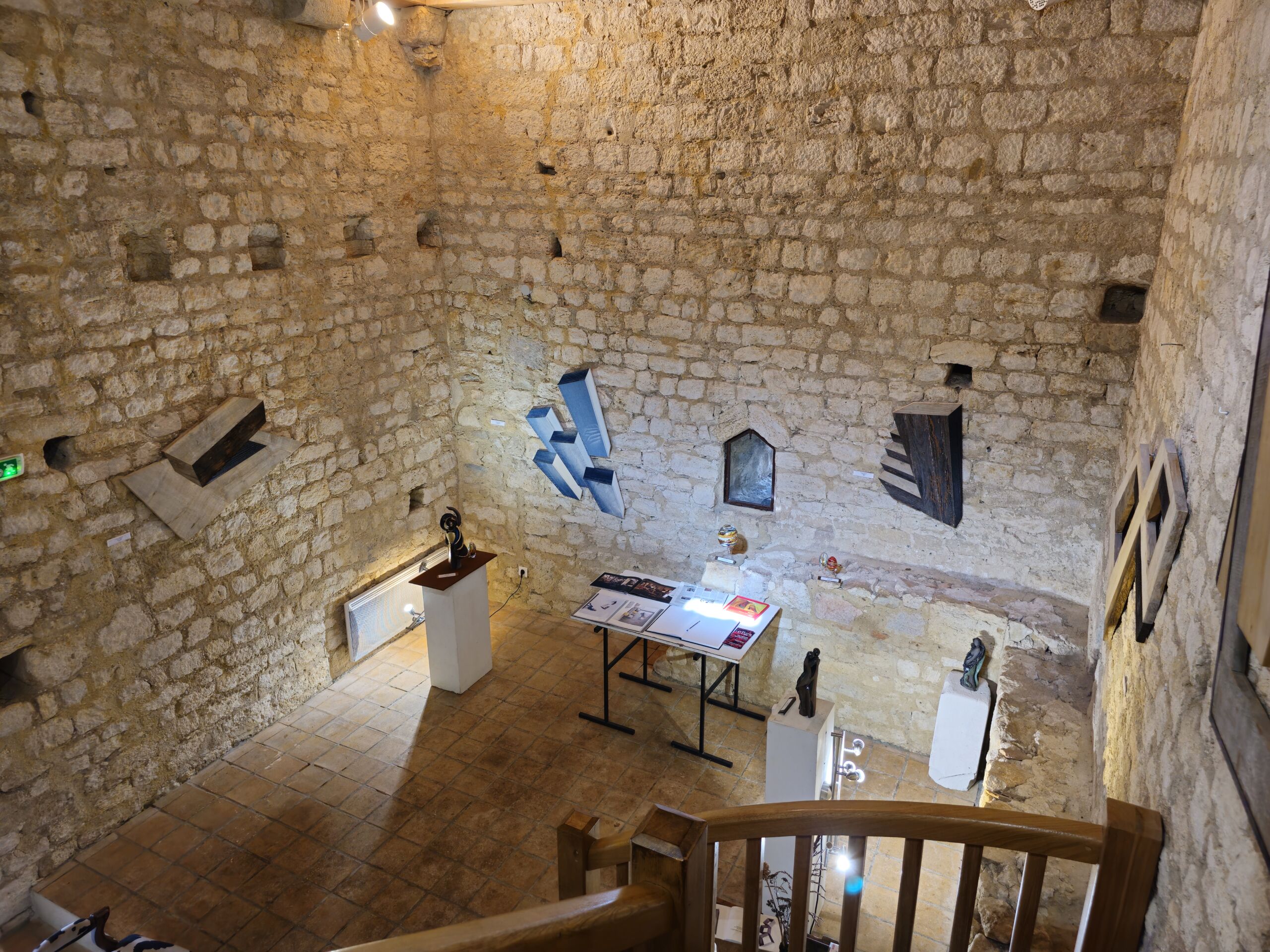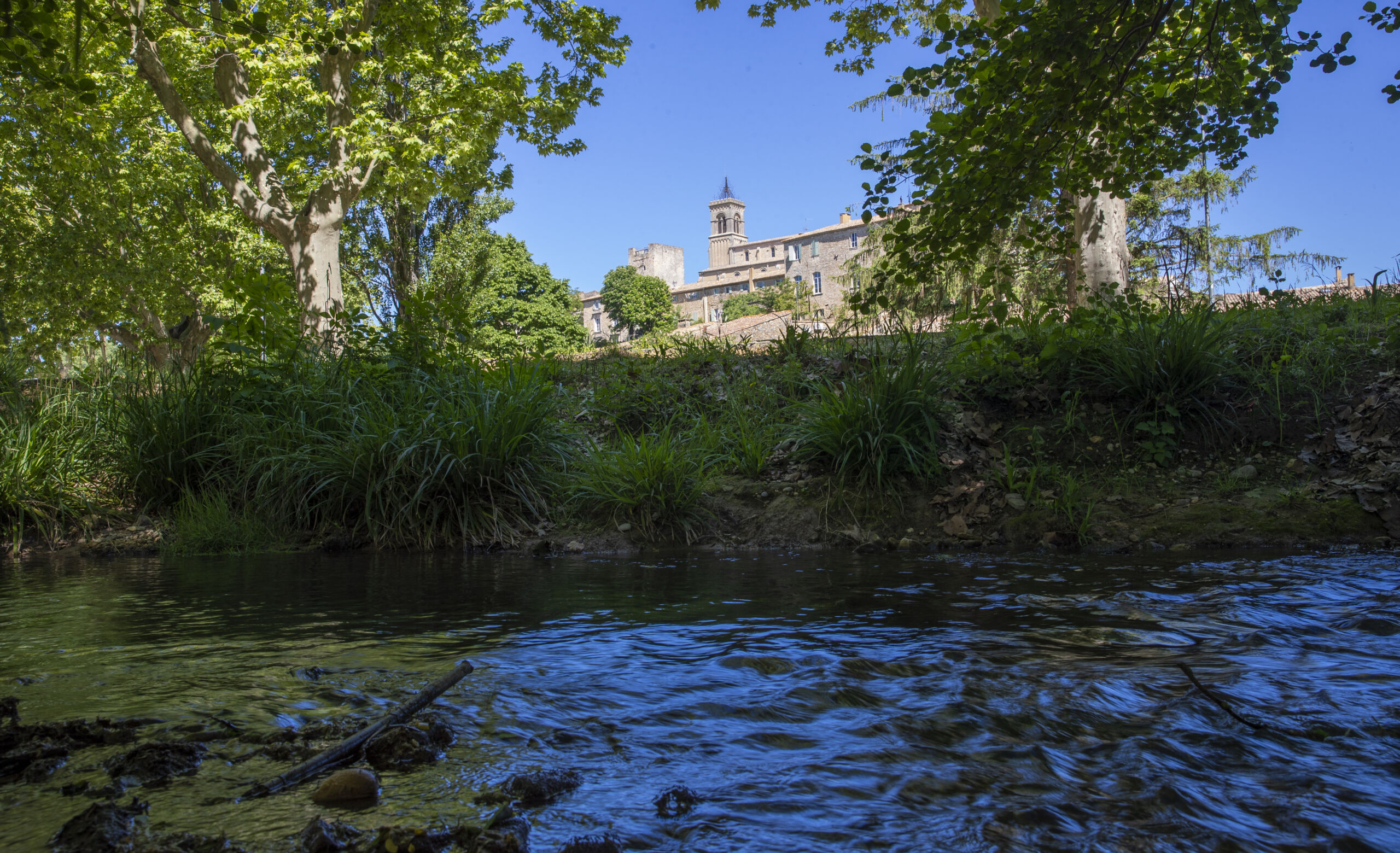
In Provence Occitane, the rivers outline the contours of a vibrant and plural territory . Among them, the Tave, less well known than the Cèze or the Rhône, offers a more intimate, gentler experience, but just as essential. This discreet river, which stretches for around thirty kilometres, traces an agricultural and heritage valley between Cavillargues and Laudun-l’Ardoise, all the way to its confluence with the Cèze, before joining the Rhône. To follow the Vallée de la Tave is to discover a subtle Mediterranean landscape, where water, vegetation, culture and memory mingle.
The Tave reveals itself in a landscape where natural simplicity and ecological richness reign supreme. Between wooded banks and gentle slopes, it meanders quietly through the rural communities of Provence Occitane, carving out a narrow, fertile valley bordered by plateaux such as Lacau. This geographical configuration favours a microclimate conducive to cultivation and the establishment of varied vegetation.
As you walk along its shady banks, you’ll see an abundance of vegetation, made up of protectivetrees, typically Mediterranean plants and cooler touches from the Cévennes foothills. The trickle of water, the flutter of insect wings and the song of the birds will accompany you at all times of the year. This soothing setting, far from the hustle and bustle, invites you to slow down, contemplate and reconnect with the natural rhythm of the valley.

The Vallée de la Tave has always been an agricultural area, where land and water coexist in discreet but constant harmony. The gentle slopes that surround it, such as the Lacau plateau, serve as natural landmarks for the crops that grow here: vineyards, orchards, olive groves, cultivated meadows, etc. The Tave irrigates these soils and shapes a rich terroir where farming skills are passed down from generation to generation.
This close-knit farming, which is carefully thought out and attuned to the seasons, plays a fundamental role in balancing the landscape: it keepsviews open, and maintains the hedges, embankments and planted borders that encourage biodiversity. A walk through this valley reveals the importance ofrespectful human activity in creating a living landscape. The Tave, by feeding this land, also traces its silent history.
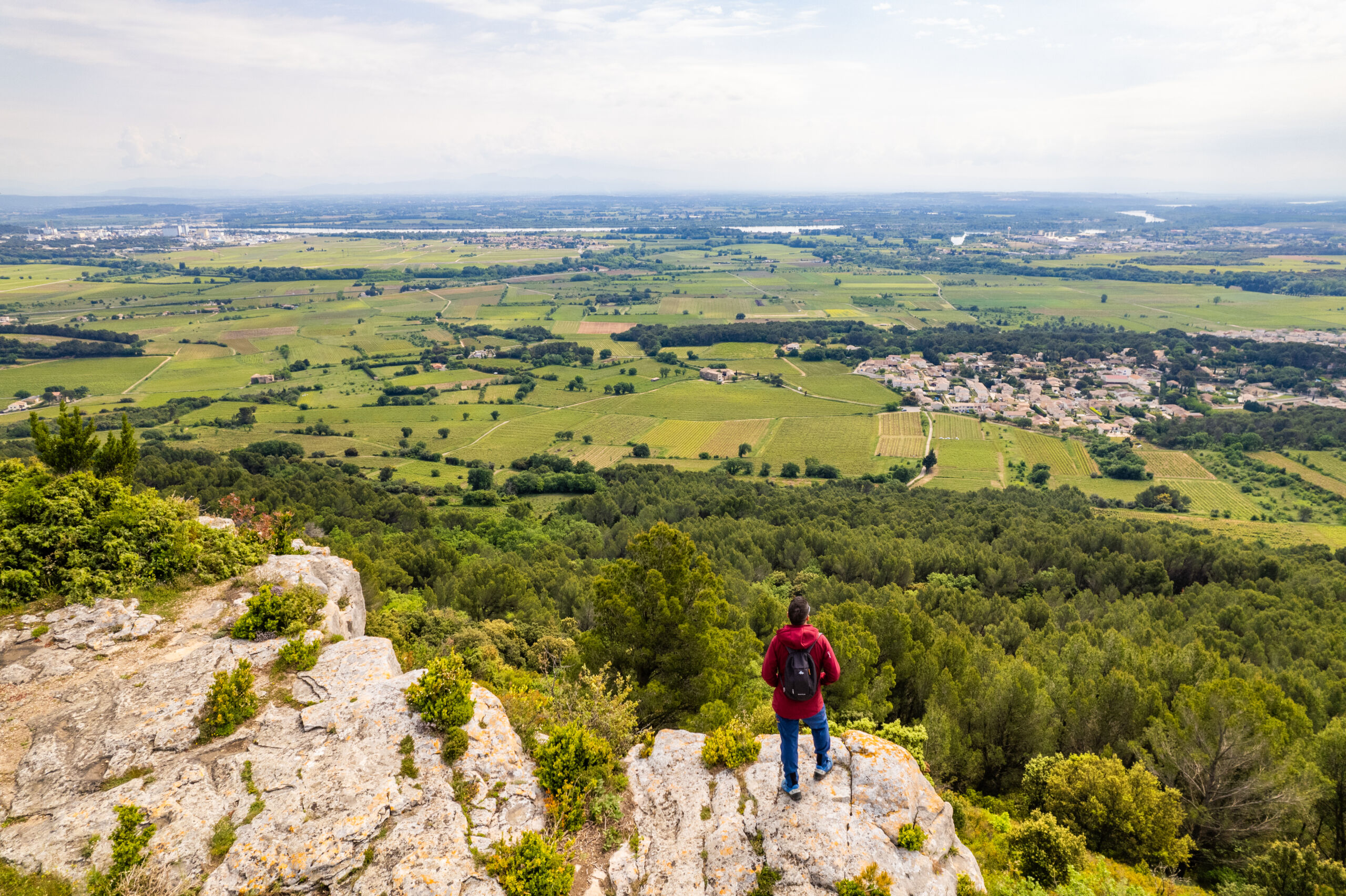
The Tave Valley is also a land of memory, where traces of Roman history are still visible. The oppida of Gaujac and Caesar’s Camp are strategic remains overlooking the valley, reminders of the military and political organisation of Antiquity. These defensive heights, now peaceful, also offer superb panoramic views over the course of the Tave and the crops below.
Historic crafts such as pottery also bear witness to the skills that have been passed down through the ages in this valley. Numerous objects that have been found or reproduced illustrate the cultural continuity between the Roman past and more recent rural use. The presence of vineyards also contributes to this tradition: today’s wine-growing landscapes are a continuation of the heritage of a land that has been cultivated since Antiquity, where conviviality, sharing and the quality of the terroir remain fundamental values.
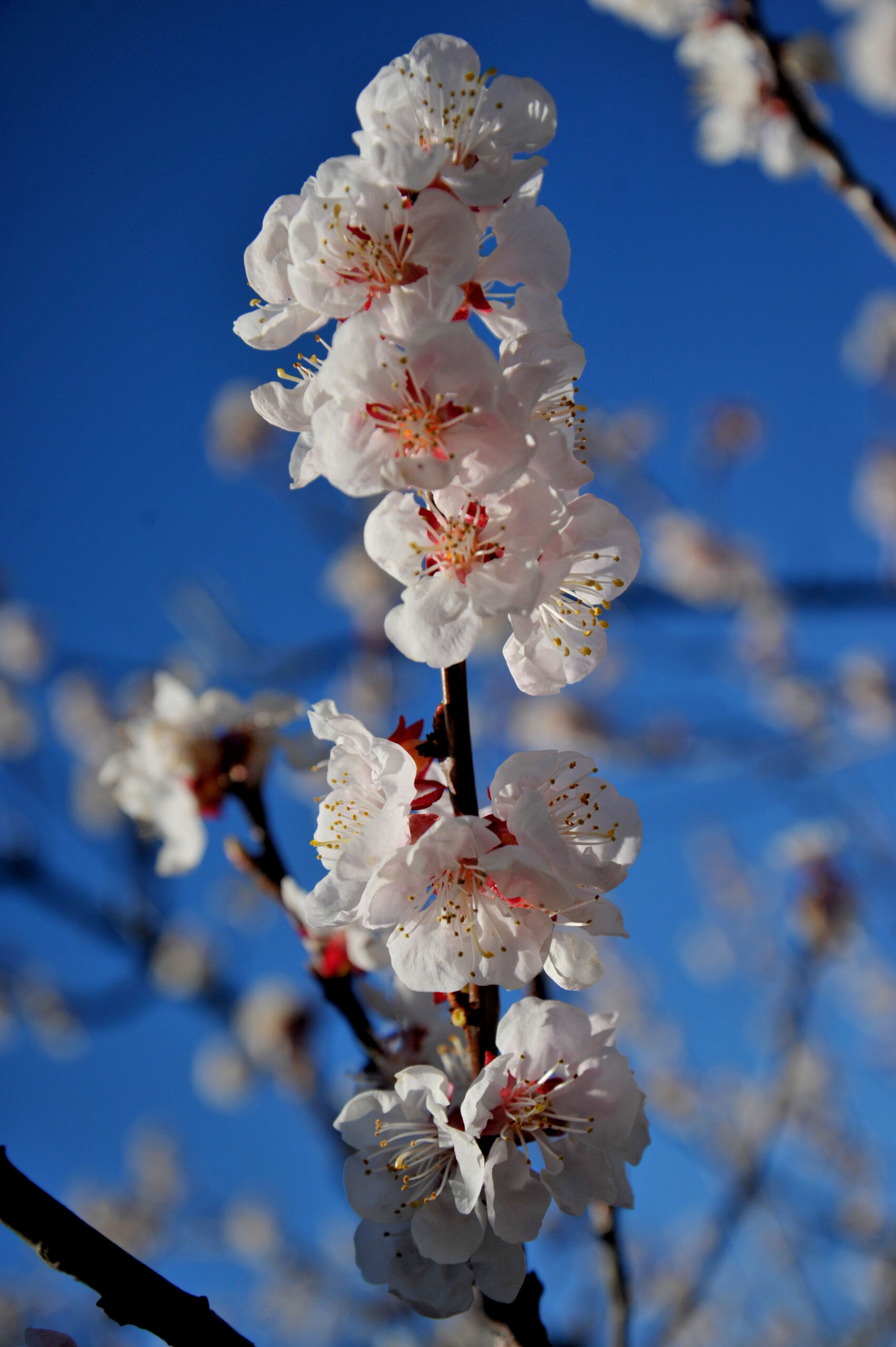
To walk along the Tave is to enjoy a sensory experience, at the crossroads of nature, heritage and living rural life. The sounds, the play of light in the foliage, the visible traces of the past, the cultivated forms of the present– everything here invites you to immerse yourself in a discreet but profound territory. The Vallée de la Tave is not a spectacular tourist destination; it’s an invitation to be gentle, to pay attention to detail, to connect with what’s essential.
This fluid journey, between the Mediterranean and the Cévennes, blends spontaneous nature with sober human development, without ever upsetting the balance. The friendliness of the locals, theauthenticity of the surroundings and the quality of the local produce complete this immersion in a Provence Occitane on a human scale, rooted in its roots, luminous and resolutely accessible.
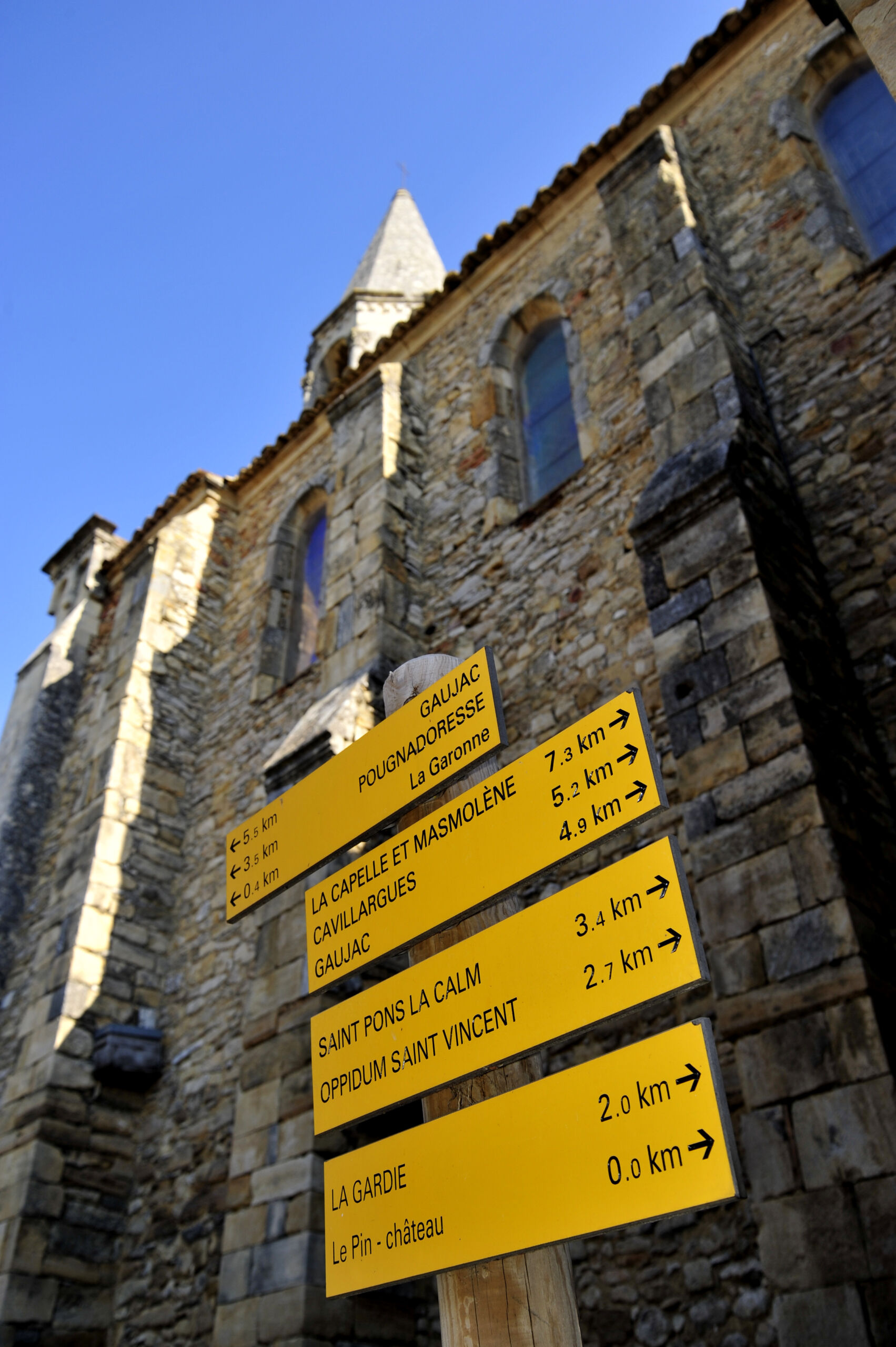
Si vous passez par Tresques, un arrêt à la Tour de Guet s’impose. Ce site singulier de la Vallée de la Tave allie histoire médiévale et création contemporaine de manière tout à fait inattendue. L’intérieur de la tour accueille régulièrement des expositions d’œuvres d’art, mêlant sculpture, photographie et installations modernes. Lors de notre passage, plusieurs pièces originales jouaient avec la lumière naturelle filtrant à travers les meurtrières, créant une ambiance presque mystique.
Clémence a passé de longues minutes à observer une série de mobiles suspendus, fascinée par leurs mouvements délicats, tandis que Jules courait d’un étage à l’autre en quête de la meilleure vue. Et il avait raison : du sommet de la tour, la vue plongeante sur les toits de Tresques, les vignes alentour et la Vallée de la Tave est tout simplement magique. Une sortie qui prouve qu’art et patrimoine peuvent captiver petits et grands — et qui montre aussi combien la Provence Occitane regorge d’initiatives culturelles à échelle humaine.
